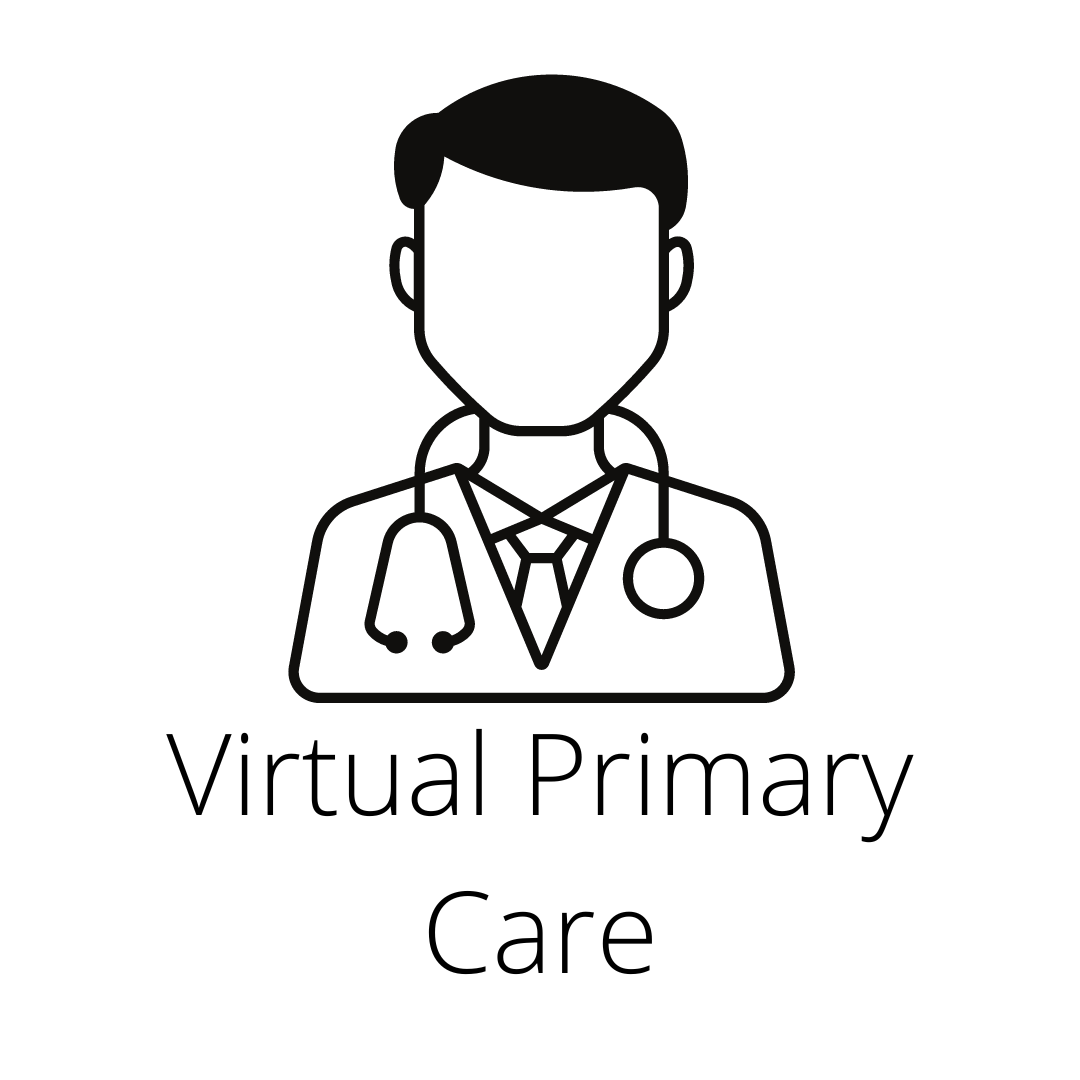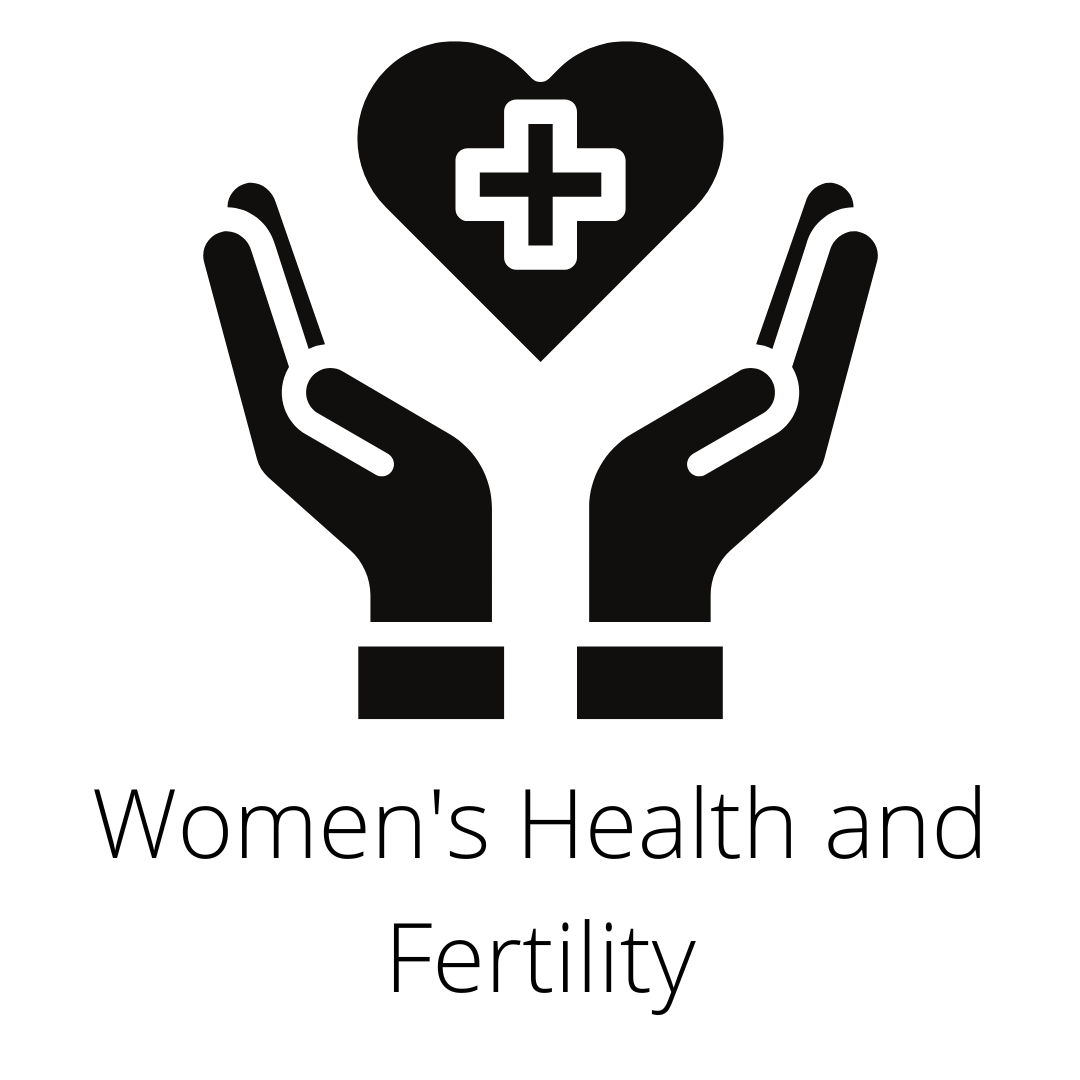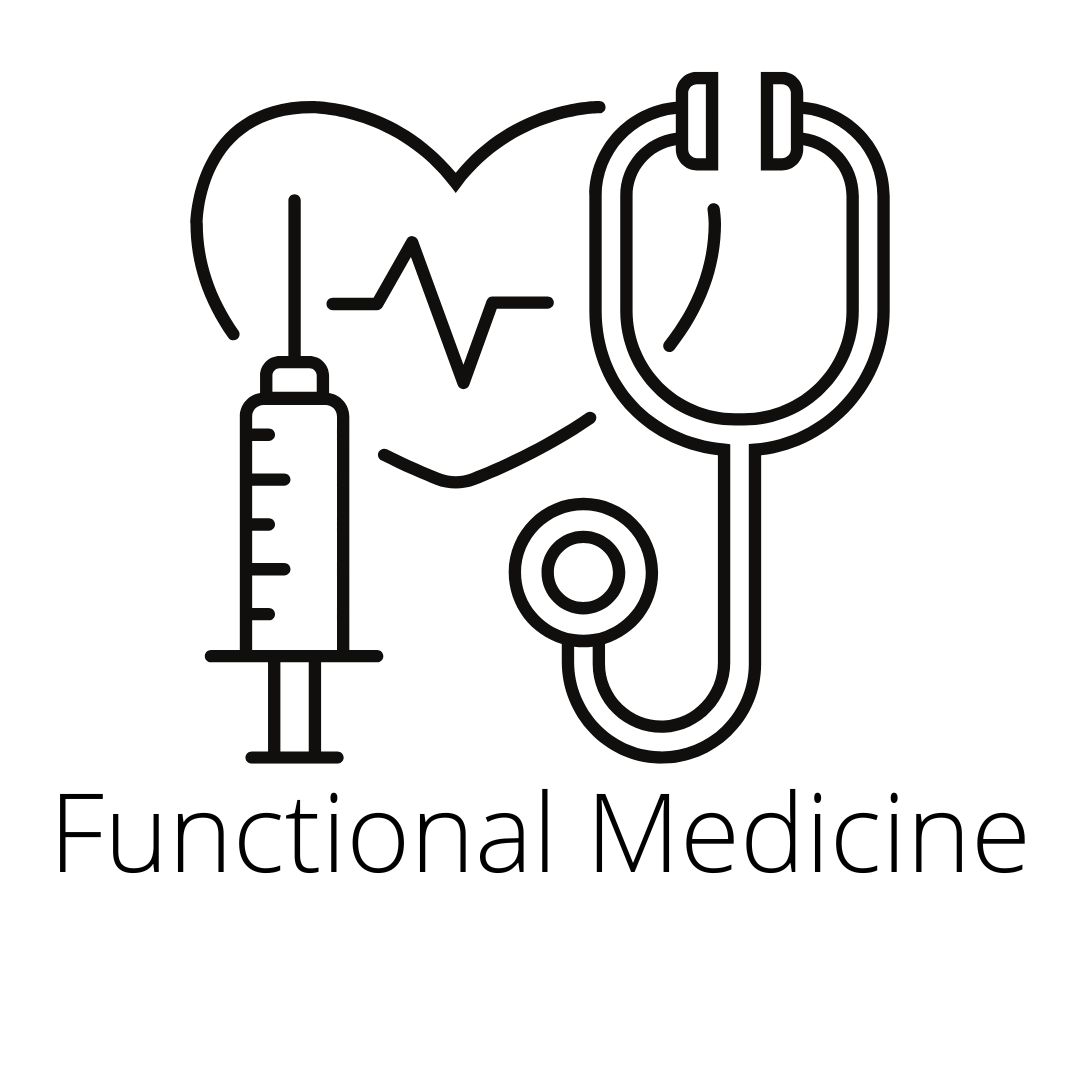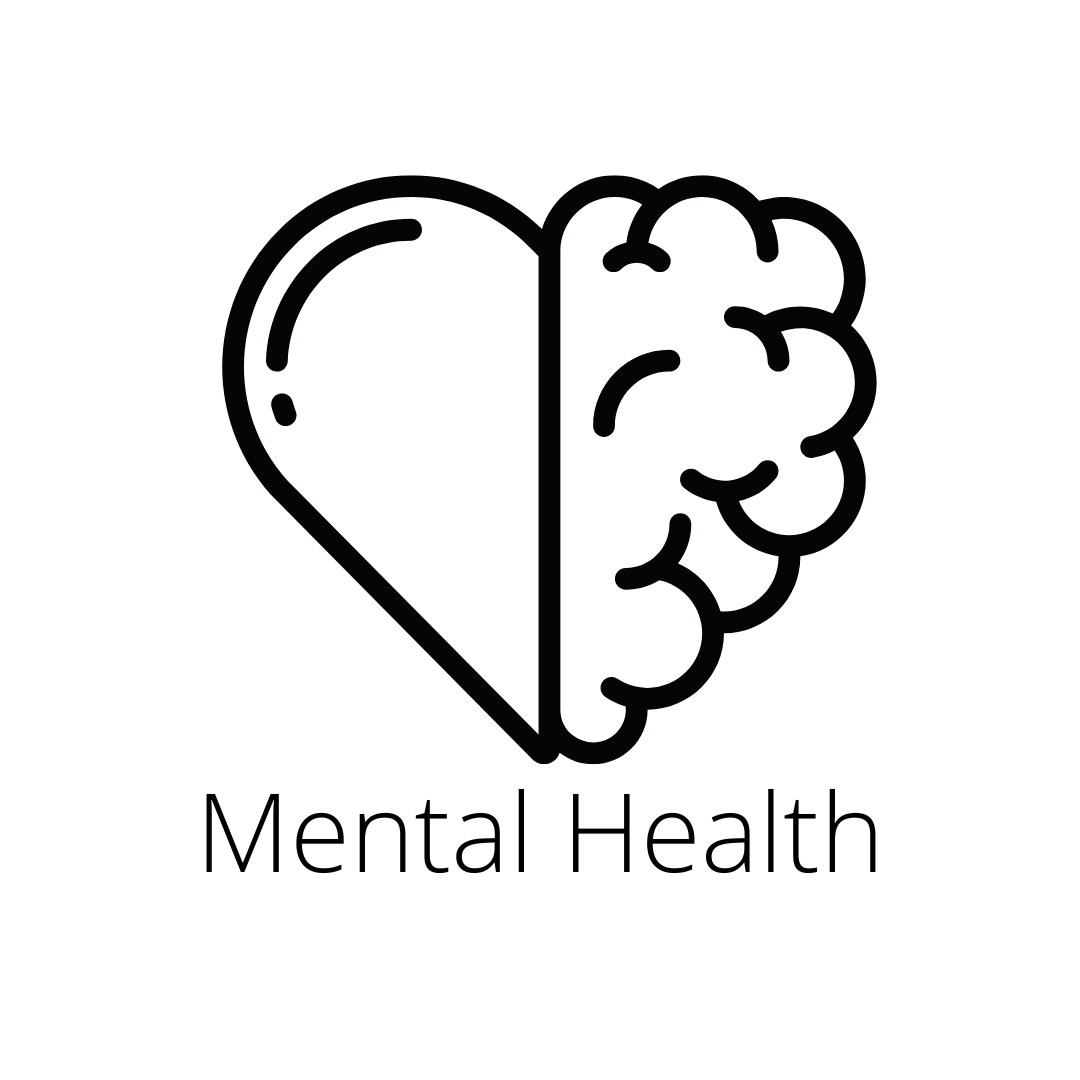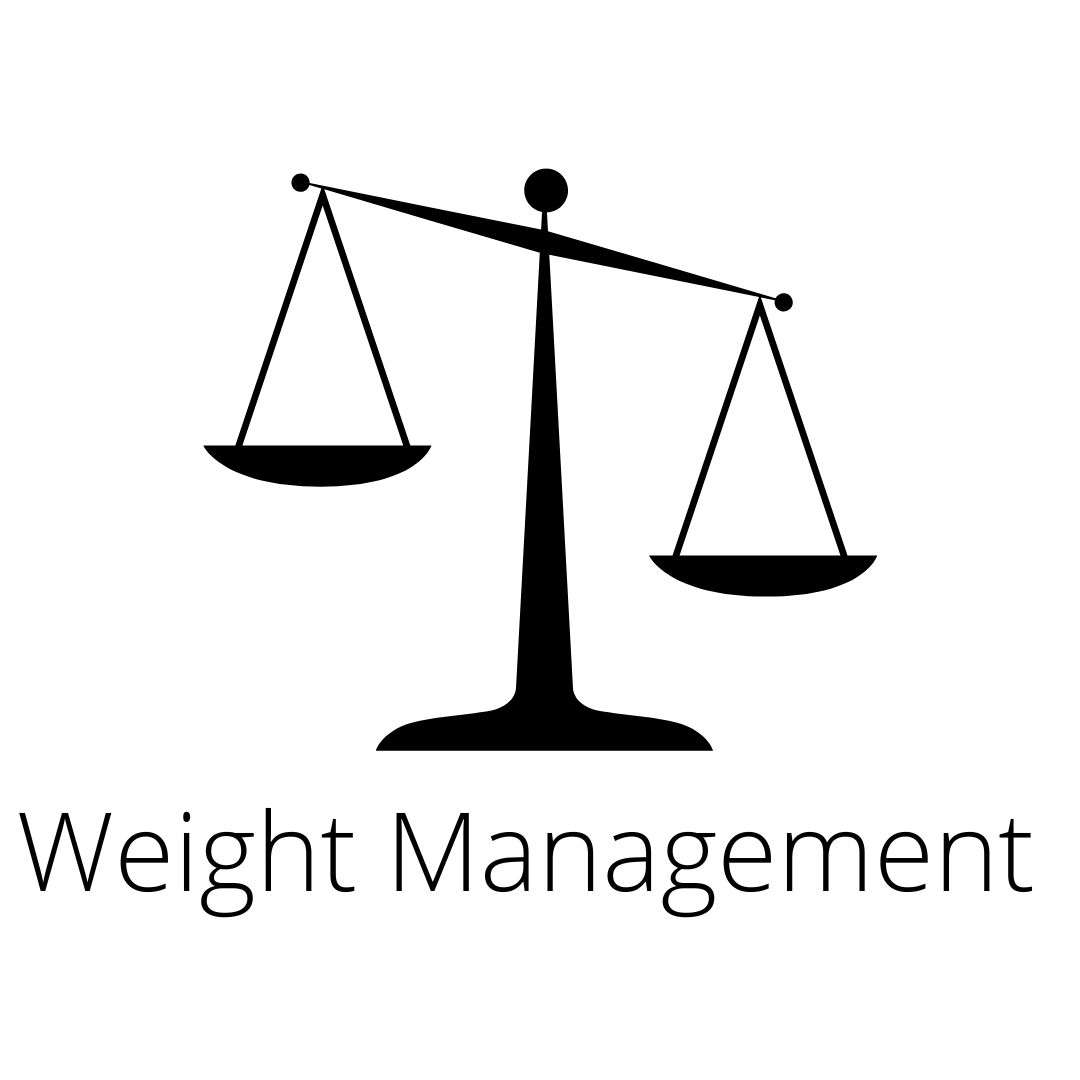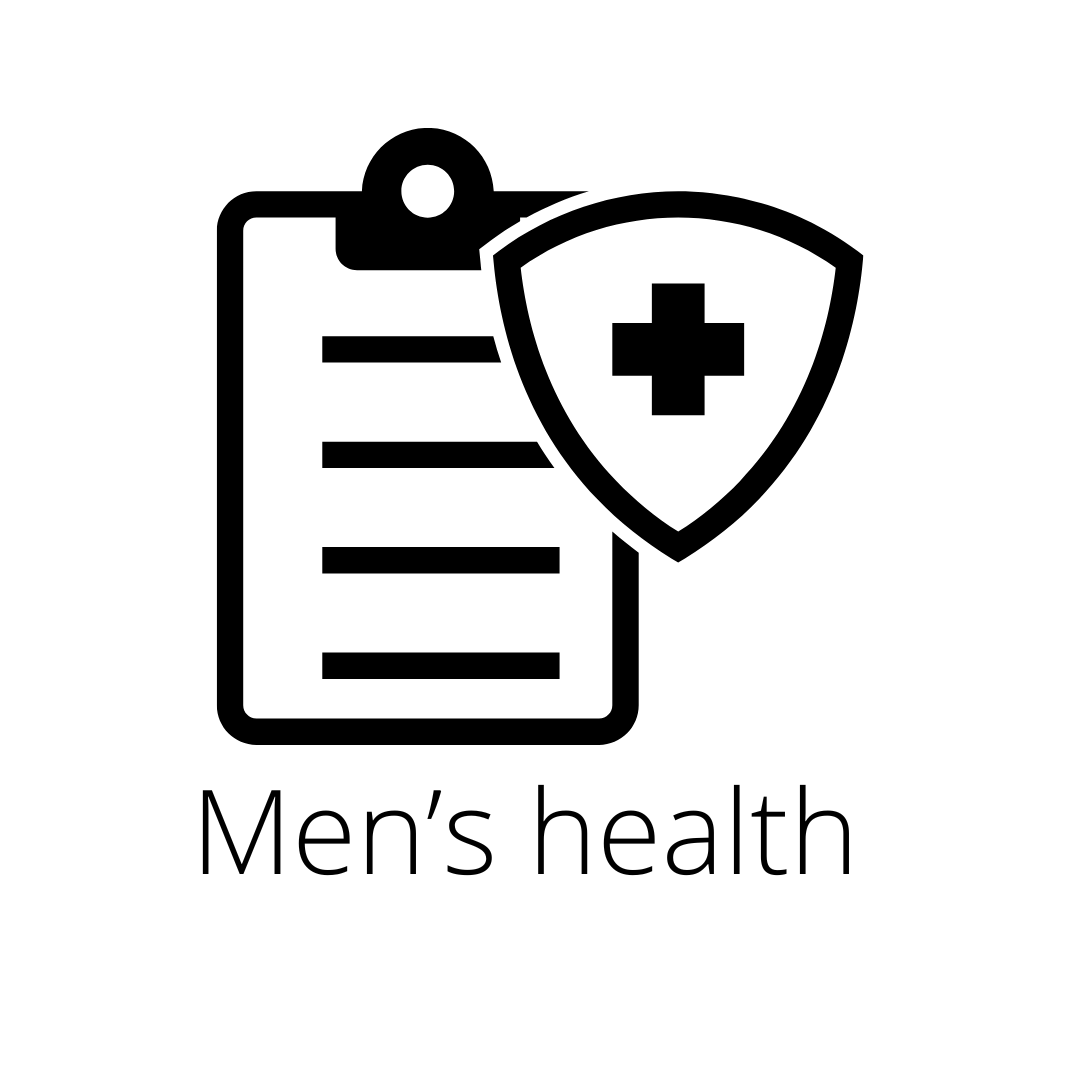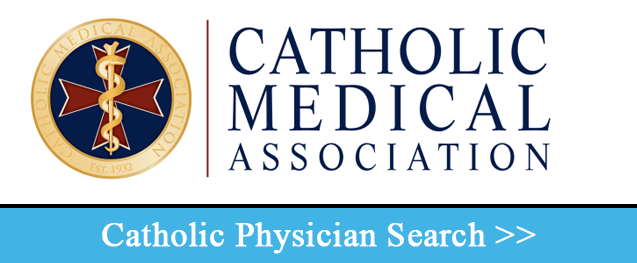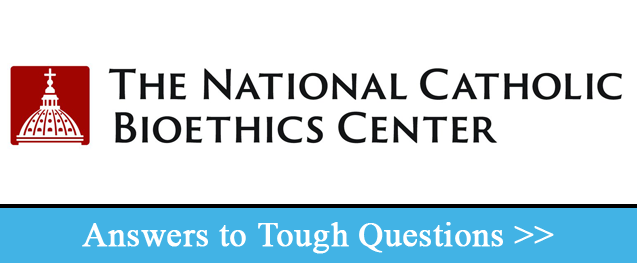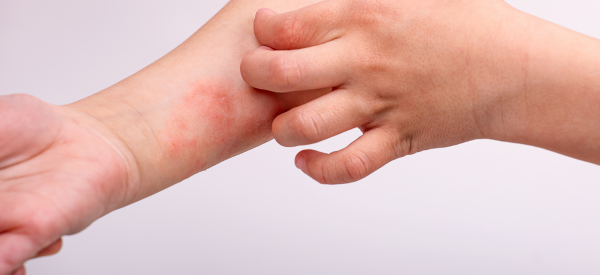
Caring for the Whole Child: Managing Eczema in Young Patients
Often called “the itch that rashes,” eczema—also known as atopic dermatitis—is a common yet distressing condition, especially in children under the age of two. While not life-threatening, the persistent itch and inflammation can be miserable for anyone, especially young children and frustrating for caregivers. Eczema affects about 10 million children in the U.S. under the age of 18, according to a 2008–2009 survey. For parents of young children, it can be overwhelming to choose among various over-the-counter creams or wait for delayed dermatology referrals. Our role as clinicians is to empower families with clear, evidence-based guidance and reassurance.
Diagnosis and Severity
Eczema typically appears as a red, dry rash—sometimes with vesicles—that is not draining unless infected. In infants, it commonly affects the face; in older children, it appears in the folds of the arms and legs. Providers should assess severity by asking about sleep disruption, bleeding, or signs of infection.
When eczema may be linked to a food allergy—often triggered by eggs, milk, peanuts, soy, or wheat—families should be referred to an allergist and educated on elimination diets and label reading. Elimination diets are not for everyone and can, unfortunately, make allergies worse. Of note guidelines for allergies have changed over time, and elimination or avoidance of things like peanuts is no longer recommended. Parents should collaborate with providers and consider evidence-based resources, such as the National Eczema Association to check out products like over the counter creams and soaps.
Treatment and Education
A stepwise approach to treatment starts with education: scoring the severity, maintaining quality skin care, and setting realistic expectations. One of the most important interventions is regular moisturizing, ideally with creams containing ceramides, glycerol, or urea. The “soak and seal” method—hydrating the skin immediately after a bath, applying prescription creams, and sealing with petroleum jelly—can help reduce flare-ups. Bathing recommendations vary, and individual responses differ: some children benefit from daily baths followed by immediate moisturizing, others will fare better with limited bath times. The best idea is to look at the individual child’s response and adjust accordingly.
Topical prescription anti-inflammatory creams can help especially for children under two, but should be used cautiously as a long-term solution. Antihistamines such as cetirizine may not reduce eczema directly but are useful for controlling itch and supporting sleep, providing much-needed relief for both child and caregiver. In addition, non-medication measures such as wet wraps can help improve skin dryness and itching. When these measures do not work, referral to dermatology can help; they may recommend or use calcineurin inhibitors, phototherapy, or other interventions for severe eczema.
A Holistic Approach
As Catholic providers, we recognize that healing extends beyond prescriptions. By educating parents, supporting them emotionally, and integrating trustworthy online resources like the National Eczema Association, we affirm the dignity of every child and accompany families in their journey toward healing. Through faithful, attentive care, we strive to make a lasting impact—soothing not just the skin, but the hearts of the little ones and families we serve.
Written By:
Ruth M. Foreman, DNP, FNP-BC


